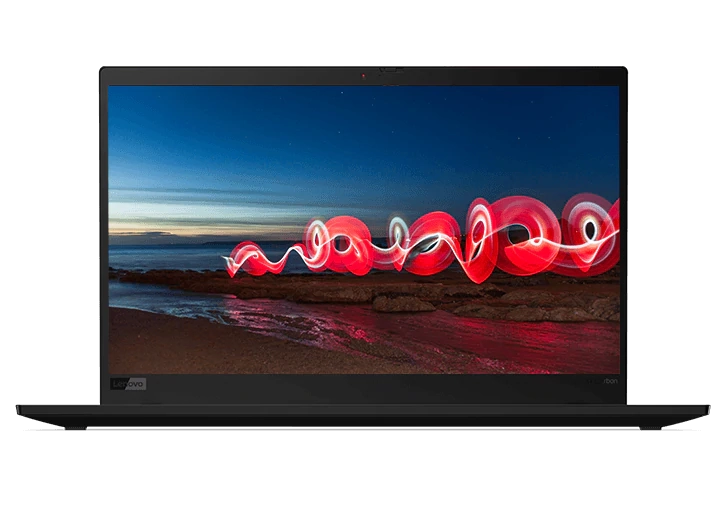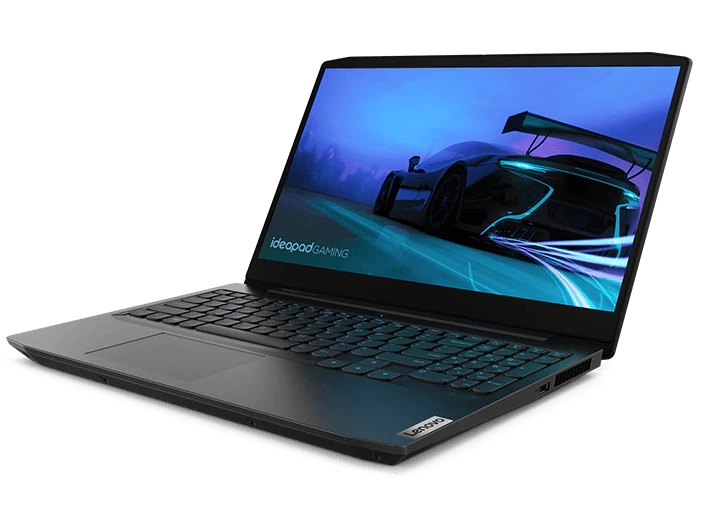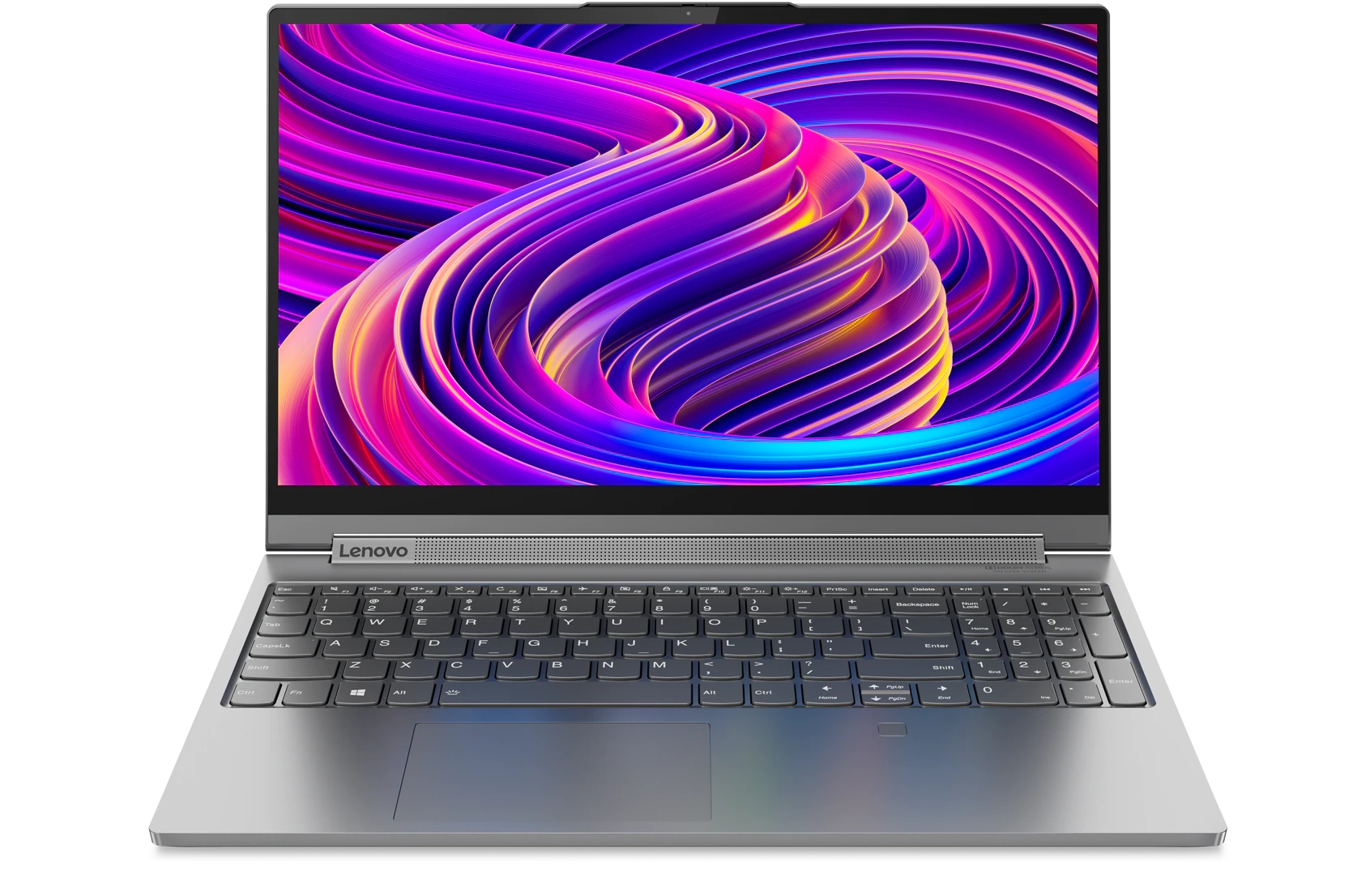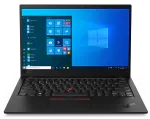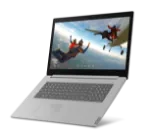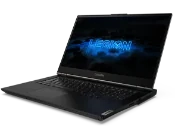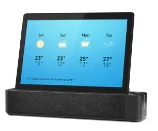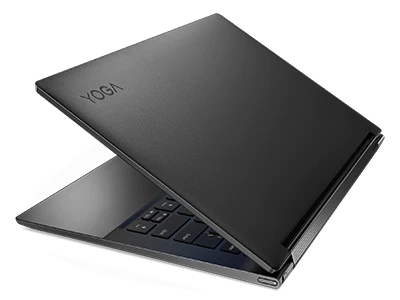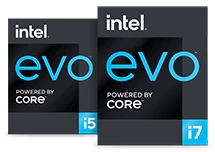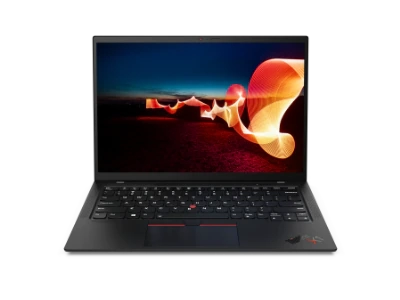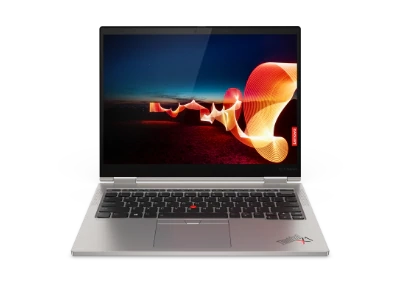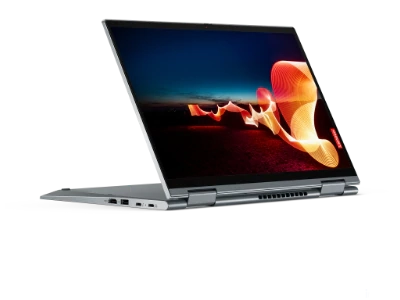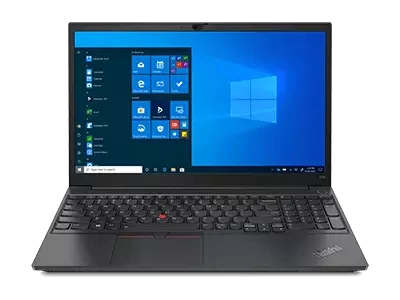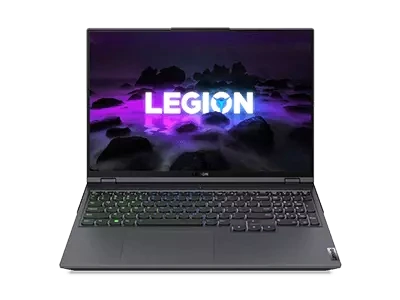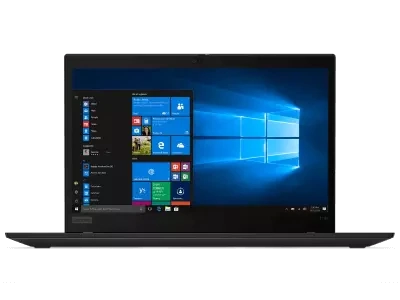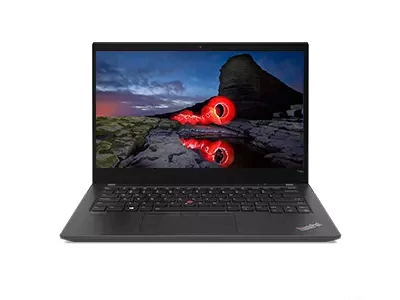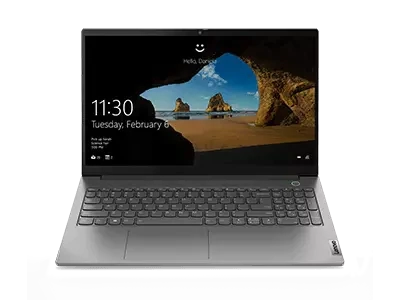What is a tablet PC?
Tablet PCs have evolved substantially since their introduction to the broad consumer market in 2010. So, what distinguishes a tablet from other mobile devices? How have the early Lenovo IdeaPads morphed into today's Tab Series, Miix Series, ThinkPad Tablets, and Yoga 2-in-1s? And what makes a tablet the right choice for many users?
Why are tablet PCs popular?
By definition, a tablet is a highly portable PC whose primary interface is a touch screen that occupies the full length/width of the device but whose speaker and microphone are not positioned for hand-held calling. In popular perception, however, tablets simply combine the best aspects of smartphones and laptop PCs, creating what tablet lovers consider the ultimate mobile computing experience:
- Compatible with home/office wireless and cellular data networks
- Portable, but with larger, clearer displays than earlier mobile devices
- Powerful, but lighter and easier to carry than traditional laptops
- Longer battery life and greater storage capacity than typical smartphones
Tablet owners can use touch commands or a virtual keyboard (sometimes a physical one) to run web browsers, email programs, and interactive games just like they do on a desktop PC or laptop. But when they're ready to move, they can keep working (or playing) simply by switching from a home/office wireless network to a cellular data network. [Some PCs have mobile broadband capabilities built into the CPU chipset, and most accept external cellular data cards or sticks. But the wide popularity of tablets shows that many consumers and business buyers prefer the ultimate portability of a tablet.]
Characteristics of a tablet PC
What, exactly, defines a tablet? It's hard to pin down, especially as today's manufacturers design models that stretch the traditional tablet size limits, introduce new operating systems, and so on. But there are some general characteristics that separate tablets from their larger and smaller counterparts:
- Extreme portability and viewability:
- Start at 7" diagonal screen size... bigger than smartphone, smaller than most laptops
- Wireless connectivity (primarily)... home/office network or cellular service (3G, 4G, 5G, etc.)
- Designed to be carried everywhere... ultra light weight; no spinning hard disk or DVD drive
- Touch screen interface (with options):
- Offer touch screens as primary interface... users gesture to control actions (slide, pinch, etc.)
- Typically, also accept pen/stylus input... aided by improved handwriting recognition software
- Sometimes include keyboards (attached or detachable) ... for laptop-like typing as needed
Note that tablets with physical keyboards are today considered a category of their own called "2-in-1s" or "2-in-1 PCs" (see below or refer to What is a 2-in-1 laptop?).
- OS and software:
Tablets quickly gained popularity in part because they freed users from reliance on limited-range home/office wireless and offered the option of connecting over cellular data networks. To do this, the earliest tablets relied on operating systems built specifically for mobile devices (think Google Android or Apple iOS). However, as consumers demanded more PC-like functionality in their tablets, the market evolved to include models that run on traditional operating systems such as Microsoft Windows 10.
Tablets, like smartphones, provide their user functionality via downloadable "apps." Typically, smaller in size than old-style software programs delivered via DVD and stored permanently on a PC's hard drive, apps require less onboard storage space and utilize the cloud for as many functions as possible. They are usually offered through so-called app stores, where millions of users fuel a robust marketplace and innovative developers provide new apps and functionality at low cost or even free.
Different types of tablet PCs
Are there different types of tablet PCs? Yes and no, depending on the strictness of the definition.
Engineers used the term slate to describe the original, widely popularized tablet PC form factor-- thin and flat, one-sided, without a keyboard. That distinguished tablets from convertibles: full-fledged, keyboard-equipped laptops with hinges that allowed the cover/touch screen to flip 180 degrees -- creating a bulky but usable "tablet."
Today, the terminology has evolved -- adding the phrase "2-in-1" -- to better distinguish the different types of tablets and laptops. Note that within each category are models that run on mobile operating systems and others that run on regular PC operating systems:
- Laptop: The original, portable PC that opens part way, like a notebook, to reveal a screen and a keyboard.
- Tablet: The original, widely popularized slate tablet form factor: thin, flat, and without a keyboard.
- 2-in-1 Detachable (also called a "hybrid laptop" or "hybrid tablet"): A device whose keyboard and screen can be fully detached from each other. Depending on the manufacturer, 2-in-1 Detachables might be marketed as "tablets-with-optional-keyboards" or "laptops-with-detachable-tablets."
- 2-in-1 Attached (also called a "convertible laptop" or "convertible tablet"): A device with either a hinge/screen combination that flips around for use as a tablet or a keyboard that in some way folds out from the screen/body. While similar to the original convertibles, today's 2-in-1 Attached models are much thinner and lighter.
In addition, a new term -- Multimode Tablet -- has emerged to describe models with specialized hinge/handles that allow them to be used traditionally (directly in your hands) or in multiple different ways while propped on a desktop (in tilt mode for easier touch entry (or to project the screen on a nearby wall), in standing mode for touch screen-controlled presentations, or in tent mode for less interactive presentations). Some manufacturers even offer a "hanging mode" or include "tablet mode" and "laptop mode" among their list of available modes.
Uses for a tablet PC
Tablets are fully functional computers, albeit with different interface options. This makes them ideal for multiple uses. We cover these uses in another article, Laptop vs. Tablet.



Limites : commandes limitées à cinq ordinateurs par client. Pour des quantités supérieures, visitez la section “Où acheter” du site Web pour des informations détaillées sur les revendeurs et distributeurs des produits Lenovo.
Digital River Ireland Ltd est le revendeur agréé et le négociant en charge des produits et services proposés dans cette boutique.
Offres et disponibilité : toutes les offres sont dans la limite des stocks disponibles. Les offres, tarifs, spécifications et disponibilités sont susceptibles de modification sans préavis. Digital River vous contactera et annulera votre commande si le produit n'est plus disponible, ou en cas d'erreur de prix ou d'erreur typographique. Les offres de produits et les caractéristiques présentées sur ce site Web peuvent être modifiées à tout moment et sans préavis. Les modèles présentés le sont uniquement à titre d'illustration. Lenovo ne peut être tenu responsable des erreurs photographiques ou typographiques. Les PC illustrés ici sont livrés avec un système d'exploitation.
Prix : les prix Web indiqués sont TTC. Les prix et les offres apparaissant dans le panier sont susceptibles d'être modifiés jusqu'au moment où la commande est passée. * La tarification et les économies portent sur les prix Lenovo normalement constatés sur le Web. Les prix pratiqués par les revendeurs peuvent différer et être supérieurs aux prix présentés ici.
Les prix sont indiqués en euros et incluent la TVA
**Batterie : ces systèmes ne prennent pas en charge les batteries qui ne sont pas authentiques, fabriquées ou agréées par Lenovo. Ces systèmes démarreront, mais peuvent ne pas charger ces batteries non agréées. Lenovo ne saurait être tenu pour responsable du bon fonctionnement et de la sécurité de batteries non agréées et n'assume aucune garantie en cas de panne ou de dommage résultant de leur utilisation. * L'autonomie de la batterie est basée sur la méthodologie MobileMark® 2014 et constitue une estimation haute. L'autonomie réelle de la batterie varie en fonction de nombreux facteurs, dont la luminosité de l'écran, les applications actives, les fonctionnalités, les paramètres de gestion de l'alimentation, l'âge et le conditionnement de la batterie, et d’autres choix de configuration de l'utilisateur.
Généralités : consultez les informations essentielles fournies par Microsoft® qui peuvent s'appliquer au système acheté, notamment concernant Windows 10, Windows 8, Windows 7 et les éventuelles mises à niveau ascendantes/descendantes. Lenovo n'offre aucune garantie, ni ne peut être tenu responsable des produits ou des services issus de tiers.
Marques : Lenovo, ThinkPad, IdeaPad, ThinkCentre, ThinkStation et le logo Lenovo sont des marques commerciales de Lenovo. Microsoft, Windows, Windows NT et le logo Windows sont des marques commerciales de Microsoft Corporation. Ultrabook, Celeron, Celeron Inside, Core Inside, Intel, le logo Intel, Intel Atom, Intel Atom Inside, Intel Core, Intel Inside, le logo Intel Inside, Intel vPro, Itanium, Itanium Inside, Pentium, Pentium Inside, vPro Inside, Xeon, Xeon Phi, Xeon Inside et Intel Optane sont des marques commerciales d'Intel Corporation ou de ses filiales aux États-Unis et/ou dans d'autres pays.©2020 Advanced Micro Devices, Inc. Tous droits réservés. AMD, le logo AMD avec la flèche, Athlon, EPYC, FreeSync, Ryzen, Radeon, Threadripper, et leurs combinaisons sont des marques commerciales d’Advanced Micro Devices, Inc. D'autres noms de société, de produit ou de service peuvent être des marques déposées par leurs sociétés respectives.
